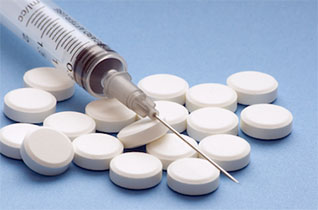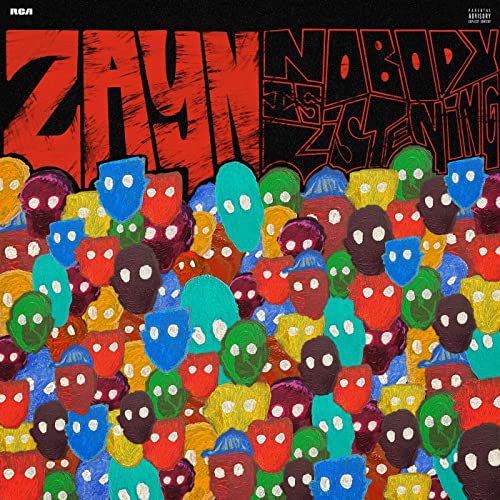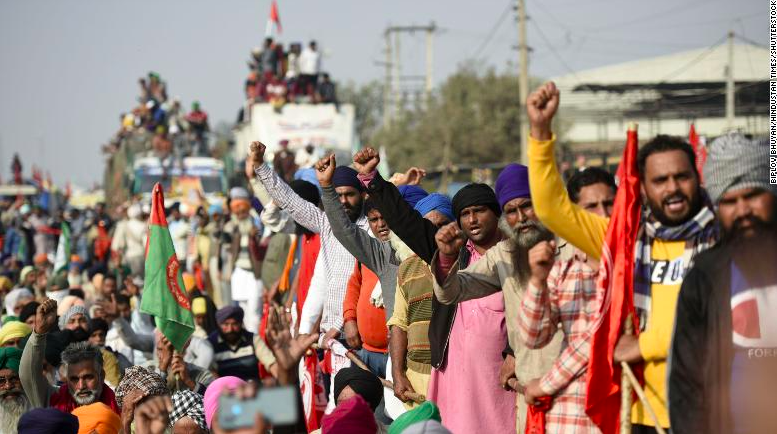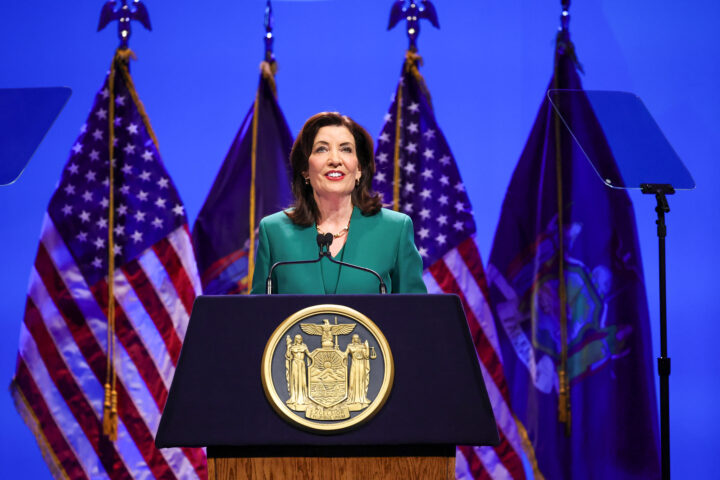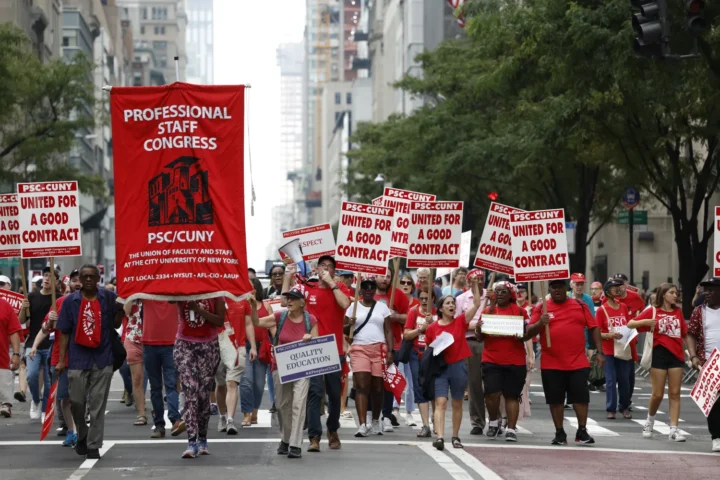I grew up in a suburban part of northern Queens, NY. It’s a pretty picturesque place for the most part with a mixture of family homes, small businesses, local churches, and lots of greenery. But there’s a dark side to this place that a lot of people don’t discuss, or maybe don’t even know about. I have lost multiple childhood friends or acquaintances this year alone to the heroin epidemic which has been raging through my neighborhood and many others these past few years. Every time it happens, I’m less and less shocked. It’s almost like we are all becoming more desensitized to it, but I can’t help but wonder, what can we do on a greater scale to put an end to this terrible outcome once and for all?
For those of you who aren’t familiar with heroin, here’s a quick overview. It is a psychoactive substance which falls in the opioid category of illicit drugs. It was technically invented back in the late 1800’s, but the opium poppies from which it was derived have been cultivated and utilized for centuries before that. The drug obtained the name “heroin” from the “heroic feeling” users felt when under the influence. While it was initially believed to have a non-addictive nature, history proved otherwise. The drug would later become illegal in the U.S. The first actual heroin epidemic happened in the 1960’s while many U.S. soldiers fighting in the Vietnam war would be stationed in Southeast Asia, a haven for black market heroin trade, and at home where the counterculture movement welcomed drug experimentation. There would be a resurgence in the 1970’s, but for the most part, rates seemed to decrease as the quality of street heroin deteriorated. Up until a few years ago, heroin was generally considered an obsolete drug of the generations before mine.
The reality is, heroin addiction has once again become a relevant worldwide issue. One of the major risk factors for heroin use is individuals who have become addicted to pain relievers (i.e. pills like oxycontin, Percocet) who are seeking a cheaper, stronger high. According to WHO statistics, in 2016 there were about 27 million people suffering from opioid disorders, the majority of which used some form of heroin. A report from 2015 states that of the 450,000 overdose deaths that year, over one third were opioid related, making their users the most susceptible to fatality. Strides are being made to prevent heroin addiction by reducing painkiller prescription practices. For those addicted, methadone is a popular treatment option accompanied by counseling. Awareness is being raised and Narcan has become more commonly available due to its lifesaving ability to reverse the effects of a heroin overdose if administered in time. Despite these efforts, the occurrence of fatal opioid related overdoses in the U.S. has increased by over 400% between 2010 and 2017 (CDC) and reached an all time high. I can’t help but think that we can do better.
This worldwide issue of heroin related deaths has been taken on with a different approach in other nations. Those who inject heroin are somewhere around four times more likely to overdose due to the often-unpredictable concentration of street heroin leading to “mis-dosages”. For that reason, a somewhat controversial practice has been adopted in countries like Switzerland, the UK, Germany, and Canada called “Heroin-assisted treatment” (HAT). This approach involves medical intervention where heroin is administered in a clinical setting to those who have failed the methadone treatment approach. The administration of medical grade heroin in this controlled setting allows addicts to safely receive a “fix” and spend their energy on the underlying issues that contribute to their addiction like finding jobs or adequate housing. These nations have found that patients utilizing this treatment method are much less likely to turn to street heroin and are in turn decreasing rates of heroin related overdose, especially when compared to those who use methadone. In fact, one of the predominant factors of heroin related fatal overdoses is individuals who have detoxed and relapsed, making “Medication-assisted treatment” patients the most susceptible.
Sometimes it is easy to ignore the uglier parts of this life. We can brush the truth under the rug the truth about heroin addiction, but that doesn’t solve the problem. It is clear there is a major problem on our hands, not just in my suburban community, but across the country and the globe. We can take strides to prevent a new generation of heroin addicts from emerging, but how can we ignore the kids and adults who have already fallen into the grasps of this drug addiction. It is time the U.S. takes a look at what other nations are doing, and stops stigmatizing addicts or pigeon-holing methods of treatment. If we don’t do something soon, it’s only a matter of time before another one of our own drops like a fly.


